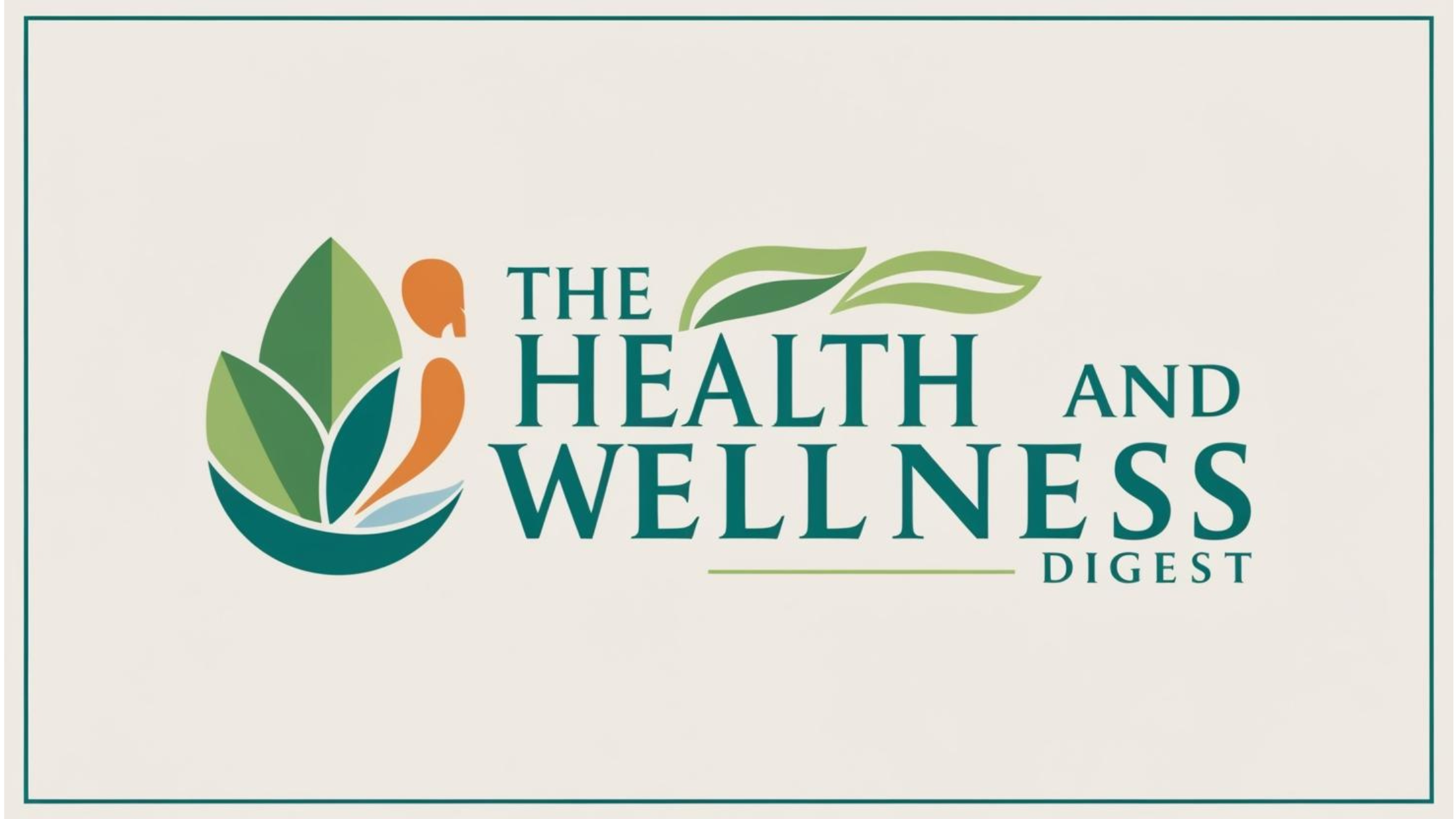
Unlocking Nature's Pharmacy: The Healing Power of Herbs
In a world increasingly captivated by the vast array of pharmaceuticals available, it might surprise you to learn that many can trace their origins back to the humble plant kingdom. For centuries, cultures around the globe have embraced the power of healing herbs to treat various ailments. Recent research supports this ancient wisdom, highlighting the medicinal properties of herbs that many of us might use only as seasonings in our kitchen. This article examines four remarkable healing herbs recommended by experts, which can be powerful allies in our quest for health and vitality.
1. Licorice Root: More Than Just a Sweet Treat
Licorice, or Glycyrrhiza glabra, is a plant with a rich history of use in traditional medicine across Europe and Asia. While many Americans are familiar with its flavor from candy, its health benefits far exceed its sweet taste. Licorice is renowned for its ability to modulate the immune system, serving as a critical ingredient in herbal preparations for respiratory conditions. Its expectorant properties aid in cough relief, making it a staple in modern cough syrups.
2. Black Pepper: Beyond the Spice Rack
Another surprising healing herb is Piper nigrum, commonly known as black pepper. While it adds flavor to our meals, its medicinal properties offer much more. From its anti-inflammatory and antimicrobial effects to its ability to combat drug resistance in cancer treatment, black pepper is a powerful ally for digestive health. Because of its many uses, it can be a significant supplement alongside traditional therapies.
3. Frankincense: The Boswellia Secret
Boswellia serrata, often referred to as frankincense, has garnered attention for its potent anti-inflammatory effects. Case studies have documented its ability to bring patients with chronic conditions like rheumatoid arthritis and Crohn’s disease into remission, demonstrating the healing potential of natural remedies. Recent advancements have even indicated that frankincense may reduce cerebral edema by significant margins in brain tumor patients.
4. Bael: An Ancient Superfruit
The fruit of the Bael tree, native to India, has been utilized in traditional treatments for digestive issues and more. Known for supporting healthy digestion, it has been used to combat conditions such as diarrhea and dysentery. Notably, the leaves and bark also boast medicinal properties, making this tree a multifaceted healer deserving of attention.
Understanding Herbal Medicine: Balancing Benefits and Cautions
Despite their natural origins, it's crucial to approach herbal medicine with care. Unlike pharmaceuticals, which undergo rigorous testing and regulation, the quality and potency of herbal products can vary significantly. As noted by Dr. Virender Sodhi, proper education on the herbs you choose to use is essential. While herbs can promote healing and restoration to the body’s natural balance, it's important to consult healthcare professionals to ensure safety, especially given potential interactions with other medications.
The Future of Herbal Medicine: Trends and Insights
As we continue to explore the intersection of traditional and modern medicine, the future of herbal remedies appears promising. Growing public interest in holistic health and sustainability has catalyzed research into the efficacy of these natural treatments. The increased integration of herbal medicine into mainstream healthcare points toward a more comprehensive understanding of health, emphasizing prevention and natural healing methods.
In conclusion, embracing the wisdom of healing herbs offers us valuable tools in our healthcare arsenal. As research unveils more information about their effects, now may be the perfect time to consider incorporating these natural remedies into your wellness routine. Remember to approach herbal supplementation thoughtfully and refer to healthcare professionals to maximize your health journey.
 Add Row
Add Row  Add Element
Add Element 



Write A Comment